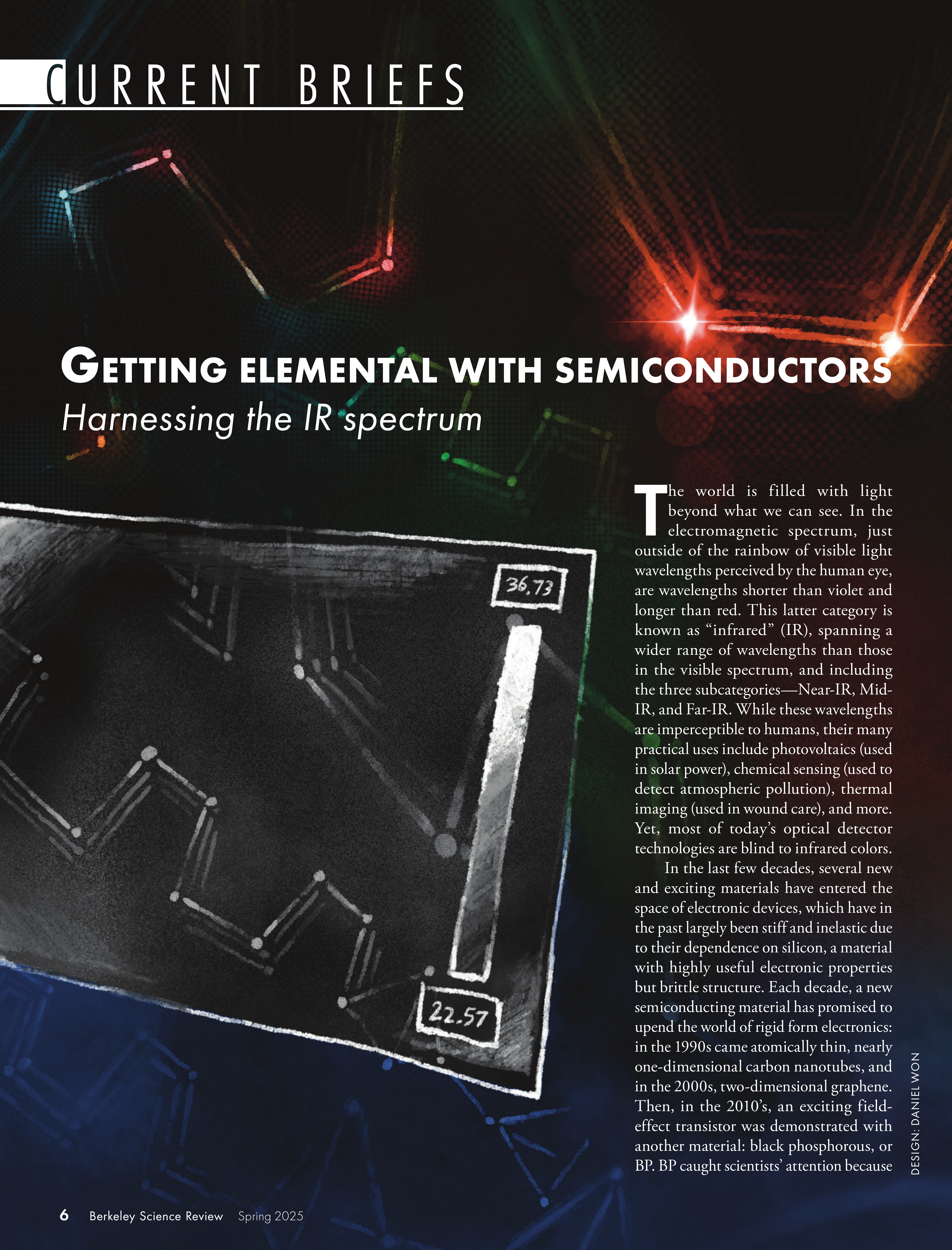(How to) talk to the prosthetic hand

Survivors of stroke and spinal cord injuries often lose their ability to move an arm or produce eloquent speech. Recently, researchers across neuroscience, computer science, and electrical engineering have worked together to restore mobility to these injured patients using brain-computer interfaces (BCIs)—a collection of technologies that allow humans to control robotic arms or computer cursors using electrical activity recorded from neurons within the brain. Yet, the promise of BCIs is hindered by a formidable bottleneck: transmitting large volumes of data from the brain to outside the skull without physically stringing cables through the skin.
Rikky Muller, professor of Electrical Engineering and Computer Sciences at UC Berkeley, is building cutting-edge technologies to remotely transfer neural signals from the brain to external devices. Traditional methods include large amplifiers with tangles of cables, but the Muller lab has instead developed self-contained devices that beam signals wirelessly without requiring an external connector or even a built-in battery. Instead, their devices draw power from an external radio, which also records incoming activity from individual neurons that a computer can then translate into a sequence of actions.
Key to Muller’s devices are application-specific integrated circuits (ASICs), which are designed to efficiently perform only a few select operations—such as wirelessly streaming data from electrodes implanted in the brain. By minimizing the number of operations performed, ASICs can be optimized for other factors critical to BCIs, like heat dissipation and size. The Muller lab hopes their work will help to restore freedom and a sense of hope to patients suffering from a loss of mobility.
-------
David Darevsky is a graduate student in bioengineering.
Design by Kristina Boyko
This article is part of the Fall 2021 issue.





